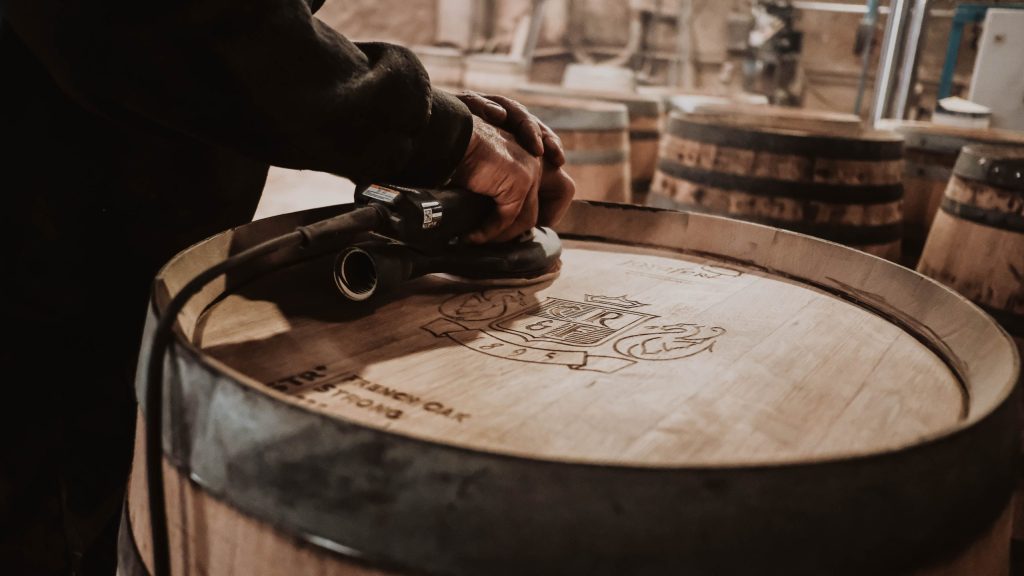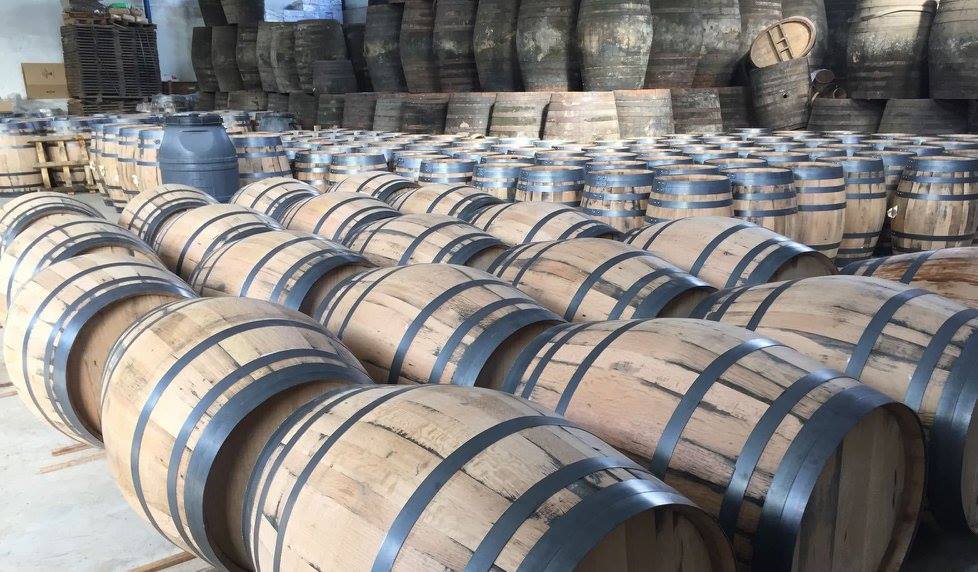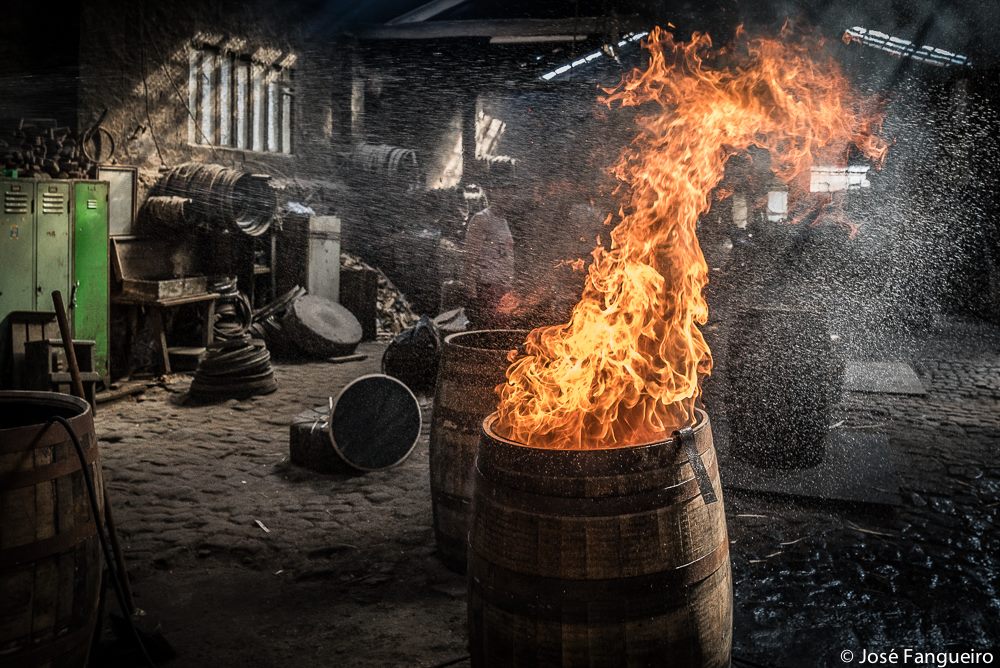Oak barrels are a key component in the production of many types of alcoholic beverages and here we are going to look at how this process works. One of the reasons oak barrels are so important in the production process is because they add unique flavors to the beverage being aged within them. We will explore the science behind how oak barrels add flavour, and what factors can influence the final taste of the beverage.
The science behind oak barrels
The first thing to understand is that oak is a porous material which will allow oxygen in, which is a key part of the ageing process – other woods such as chestnut can also be used to make barrels (at LusoBarrel we make barrels from both oak and chestnut), but chestnut allows more oxygen in than oak, so you get a faster and less complex ageing process. The porosity of the oak also allows the liquid to seep into the wood and it is at this interface that the magic happens. Oak in particular is known for containing a variety of complex organic compounds that can contribute to the flavor of the beverage.
One of the most important compounds found in oak wood is vanillin for example, which is the same compound responsible for the vanilla flavor in many desserts. When oak wood is toasted or charred, as is often done to prepare barrels for aging, the heat breaks down some of the wood’s cellulose and lignin into vanillin and other similar compounds. These compounds can then be released into the liquid being aged within the barrel.
Another important group of compounds found in oak are the tannins. Tannins are a type of polyphenol that can contribute bitterness, astringency and complexity to a flavour profile. Oak wood contains a variety of tannins, including hydrolysable tannins and condensed tannins, which can contribute different flavours to the final product. The degree to which the wood is toasted or charred can also influence the types and amounts of tannins that are extracted from the wood.
In addition to vanillin and tannins, oak wood also contains a variety of other organic compounds that can contribute to the flavor of the beverage being aged. These include lactones, furfural, and eugenol, among others. The specific combination of compounds that are extracted from the oak barrels during aging can vary depending on a number of factors, including the type of oak used, the degree of toasting or charring, and the length of aging.

Which type of oak to use for your barrels
The type of oak used is one of the most important factors influencing the final flavor of the beverage. There are two main types of oak used for aging: American oak and European oak. American oak tends to have a stronger flavor profile, with more intense vanilla and coconut notes, as well as higher levels of tannins. European oak, on the other hand, tends to have a more subtle flavor profile, with more complex and spicy notes, as well as lower levels of tannins.
The degree of toasting or charring can also have a significant impact on the final flavor of the beverage. Toasting and charring are processes used to prepare the oak wood for aging by heating it to various degrees. Toasting involves heating the wood at a lower temperature for a longer period of time, while charring involves heating the wood at a higher temperature for a shorter period of time. The degree of toasting or charring can influence the types and amounts of compounds that are extracted from the wood, as well as the overall flavor profile of the beverage. We can offer different levels of char according to our customer requirements from a gentle medium char to a thick “alligator” char – we do not use gas to char our barrels, only oak off-cuts from the barrel making process, to make sure there are only 100% natural flavours given to the barrels.
Finally, the length of aging can also influence the flavor of the beverage. The longer a beverage is aged in an oak barrel, the more time it has to extract flavor compounds from the wood. However, there is a limit to how much flavor can be extracted, and over-aging can lead to off-flavors and a loss of complexity.
So there is a lot of science behind oak barrels, but ultimately it is a case of trial and error – we produce our oak barrels in a range of sizes from 5 litres right up to 500 litres, so if you are looking to do some experiments with oak, then using smaller barrels can be a great way to accelerate the ageing process so that you can get a better feel for what is the best specification of oak barrel for you to order.



